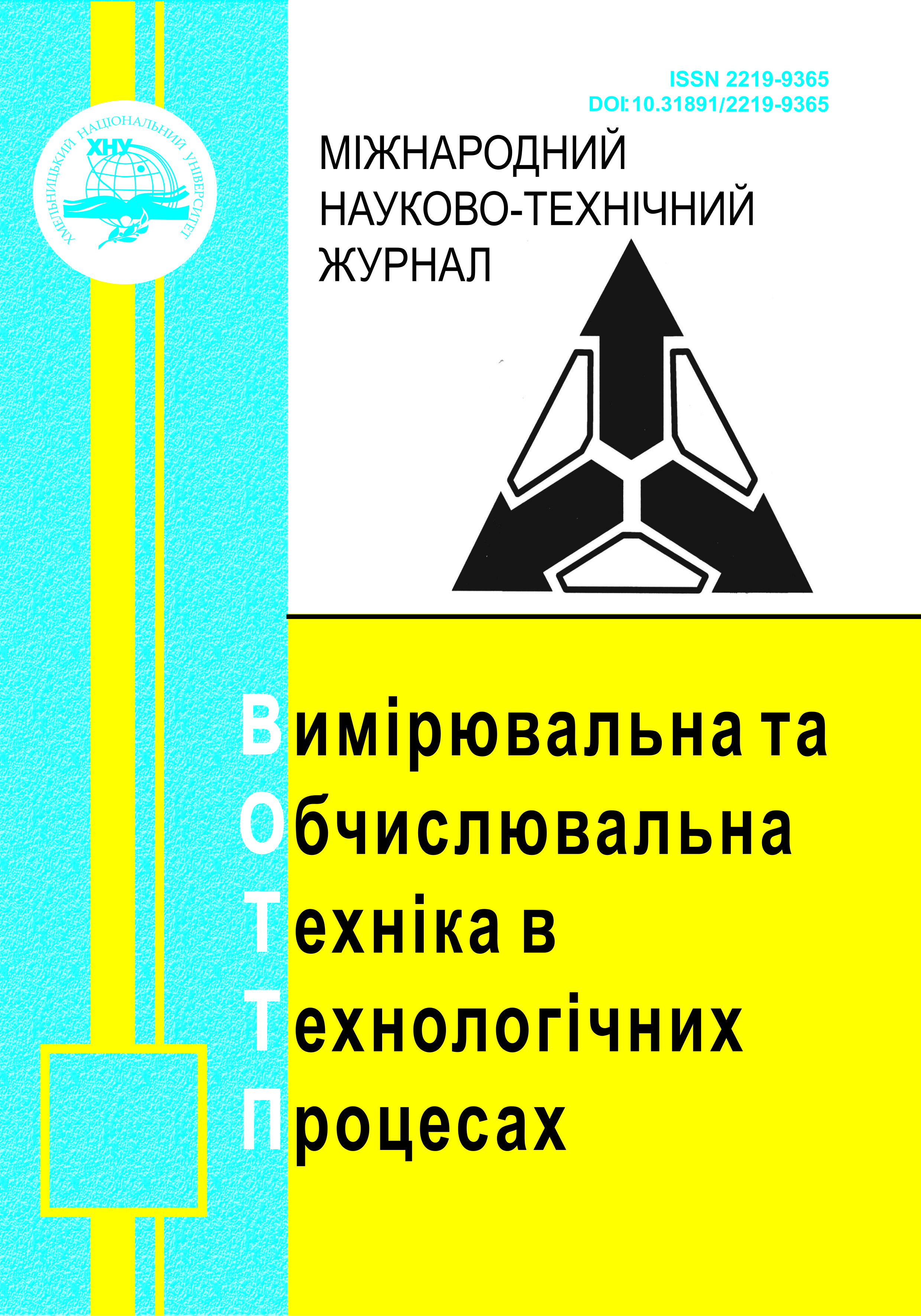DETERMINING THE REQUIRED SIGNAL LEVEL AND MASKING NOISE TO PROTECT INFORMATION IN THE CONDITIONS OF ITS INTERCEPTION BY TECHNICAL MEANS
DOI:
https://doi.org/10.31891/2219-9365-2023-74-3Keywords:
technical protection of information, radio technical intelligence, masking noise, signal overshooting, controlled zoneAbstract
This paper discusses potential ways to protect the signal based on the existing mathematical model of the information leakage channel in the conditions of electronic intelligence. The mathematical model used in the study, with various modifications of the likelihood function, which is essentially a mathematical representation of Bayes' theorem, shows how a priori values are formed from a priori data and the results of the analysis of the received fluctuation. An optimal scheme for detecting a deterministic signal against a noise background is considered, as well as four possible cases of signal detection, which are compared with the set threshold H and are always accompanied by two types of errors - an incorrect decision about the presence of a signal and an erroneous decision about its absence. Based on the first and third cases, potential options for protecting the output signal are proposed. The first part of the work presents a possible way to protect the output signal, when, with a known distance from the transmitter to the receiver and the maximum gain of the receiver antenna, a dependence is presented for calculating the signal value, which is sufficient for reception within the controlled zone, but insufficient for interception by technical means outside the controlled area. The second part considers the possibility of preventing the interception of information by means of technical intelligence by masking signals that go beyond the controlled zone with specially generated noise. A block diagram of the interception of the output signal by means of technical intelligence using masking noise is presented. One of the important steps in building the technical protection of an information system is to identify possible channels for leaking confidential information. The modeling of such technical channels makes it possible to identify and structure possible risks and dangers, as well as to suggest ways to counteract such dangers. In the context of this topic, modern methods of protecting information from sources by technical channels, as well as ways to reduce the likelihood of its interception by technical means, were considered. Based on the results of the research, conclusions were drawn about the proposed methods for protecting information based on the existing model by calculating the required level and masking the output signal, and their expediency in the tasks of preventing the interception of information by technical means was substantiated.

